Our top-quality composite cladding that enhances both interior Cladding and exterior Cladding spaces. Designed for durability and style, our cladding options transform walls with a sleek, modern finish. Ideal for any project, our composite cladding offers a low-maintenance solution that adds value and aesthetic appeal to your home’s interior and exterior.
Showing all 8 results
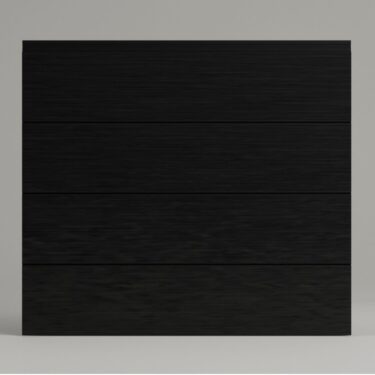
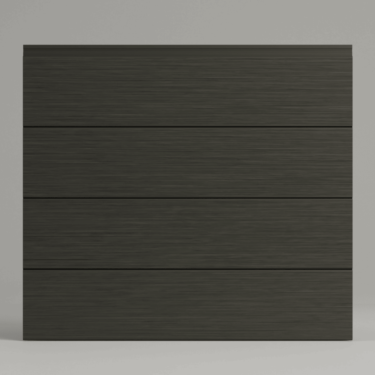
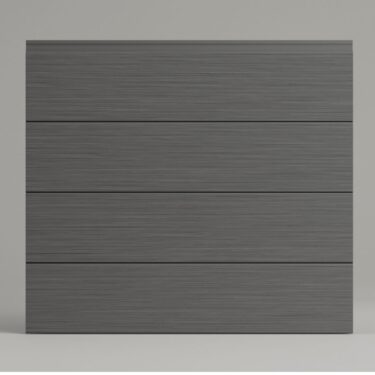
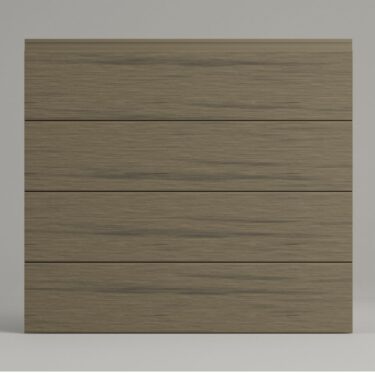
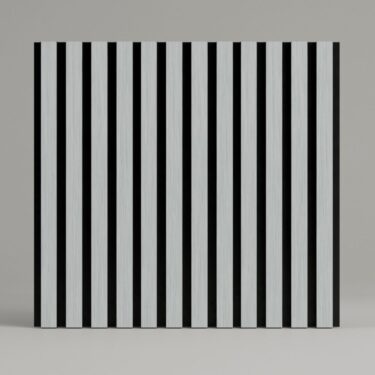
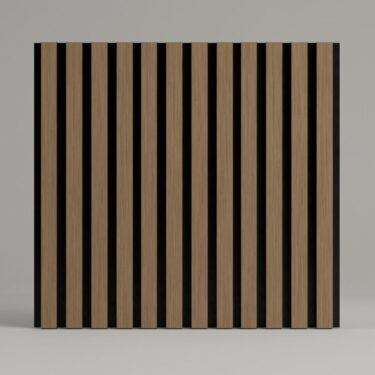


Composite cladding is an innovative and stylish way to enhance the appearance of buildings while adding a layer of durability and protection. Available in standard sizes, it comes in a range of elegant finishes, including classic oak, contemporary greys, and bold blacks. This versatile product is perfect for both modern and traditional settings, offering a practical solution for covering unsightly surfaces and transforming them into attractive focal points.
Composite cladding is not only aesthetically pleasing but also incredibly practical. It is designed to withstand harsh weather conditions, resist fading, and require minimal maintenance. Unlike traditional materials, composite cladding does not rot, crack, or warp, ensuring it looks great year after year. It is also highly resistant to mould and insect damage, making it a long-lasting investment for both residential and commercial properties.
Composite cladding is remarkably versatile and can be used in a wide range of applications, including:
Enhanced Insulation: Improve energy efficiency by adding an extra layer of insulation to buildings.
Strength and Protection: Reinforce walls against weather exposure and physical impact.
Noise Reduction: Minimise noise disturbances, creating a more peaceful environment.
Cover Imperfections: Conceal uneven or damaged surfaces for a smooth, polished finish.
Low-Maintenance Appeal: Avoid the need for frequent painting or repairs, as composite cladding is built to last.
For those seeking a touch of modern design, decorative composite cladding is the ideal choice. Inspired by Scandinavian style, it features a unique four-rib profile that adds visual interest to walls and ceilings. This decorative option can be used in living rooms, bedrooms, and even commercial spaces to bring walls to life. While it is primarily recommended for internal use, it can also be applied in sheltered outdoor areas such as garden bars or patio sections, provided it is kept out of direct sunlight.
One of the standout benefits of composite cladding is its adaptability. It can be installed both indoors and outdoors, fitting seamlessly onto walls or ceilings. Popular applications include:
Living Rooms and Bedrooms: Add character and texture to interior walls.
Bathrooms: Create a sleek, water-resistant surface that is easy to maintain.
Outdoor Bars and Garden Areas: Enhance outdoor living spaces with durable, stylish panels.
Hallways and Staircases: Improve high-traffic areas with scratch-resistant cladding.
Gaming Rooms and Home Offices: Achieve a modern, professional look with minimal effort.
Composite cladding can be mounted vertically or horizontally, allowing you to customise the look to suit your design preferences. Whether you’re refreshing a tired space or building a new feature wall, composite cladding provides the perfect blend of style and practicality.
Yes, you can screw into interior composite cladding, but it requires proper techniques and tools to avoid damaging the material. It is essential to use screws specifically designed for composite materials, which are usually stainless steel or coated to prevent corrosion. Pre-drilling pilot holes is recommended to ensure the screws do not split or crack the composite cladding. Additionally, using a low-speed drill can help prevent overheating and damage to the material. Following the manufacturer’s guidelines for screw placement and spacing will ensure a secure installation and maintain the integrity and appearance of the composite cladding.
Composite cladding typically lasts 25 to 50 years, depending on quality and maintenance. It resists rot, fading, and weather damage, making it a long-lasting choice for exterior walls.
Yes, a breathable membrane is often required under composite cladding to prevent moisture build up and improve insulation, especially in timber-framed buildings.
Yes, composite cladding is generally better than uPVC due to its superior durability, insulation, and aesthetic appeal. It resists warping, fading, and cracking more effectively.
Composite cladding is durable, low-maintenance, weather-resistant, and energy-efficient. It offers a stylish, natural wood-like appearance without the need for frequent upkeep.